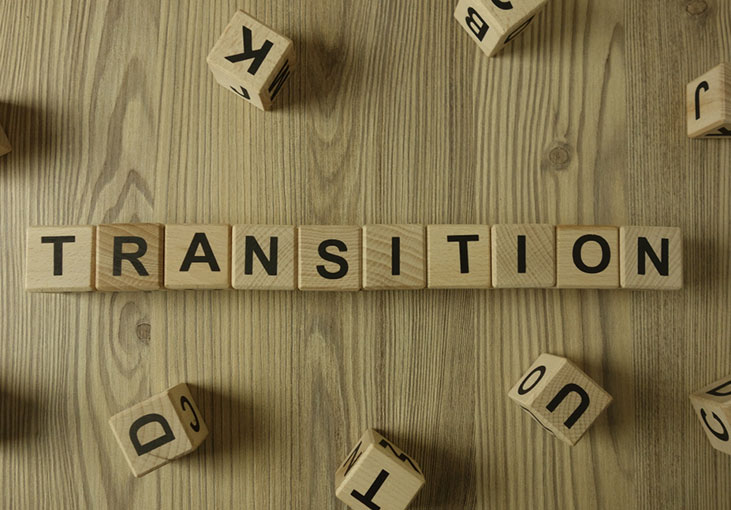Military life transitions such as deployment, injury, and frequent moves can be stressful. But the Service Members and their families who adapt best can benefit in many ways. Here are some recommendations for how you can thrive—not just survive—military life transitions and improve your Total Force Fitness.
Thrive: To grow or show resilience when under stress.
Life transition: Deployment, reintegration, and PCS
- Communicate. Consistent communication helps smooth transitions. Communication before deployment can help you maintain satisfying relationships during deployment. Communication during deployment can help you set expectations for parenting while deployed and reintegration, such as by explaining children’s new household roles or how the deployed Service Member will fit back in when they return. Communication also helps the deployed Service Member to reconnect with family, once home.
- Own a pet. When a military parent is deployed, children who have a close relationship with a pet show better coping skills. Owning a pet can also add stability for military kids when they feel anxious or unsure about frequent PCS moves.
- Find support systems. Military community support networks, mental health professionals, and other support systems can help you thrive during and after deployment. These support systems can help give a sense of community to you and your family. They can also strengthen your family’s resilience and ability to deal with change and conflict.
Life transition: Injury
- Seek treatment. Military families with a history of thriving during life transitions have better responses to injury. And Service Members in relationships who adjust well to life transitions are more likely to seek treatment for PTSD.
- Seek social connection. Veterans with close social connections have fewer PTSD symptoms and lower suicide risk. Veterans with close social connections are also happier and have better overall well-being and quality of life. Injured veterans who participate in peer support groups have more confidence and are better able to rebuild their “sense of self”—how they view themselves. Social connections help veterans thrive in their post-injury life.
Life transition: Family life events (such as birth or adoption of a child, new relationship, divorce, or death in the family)
- Develop secure attachments. Military families who have thrived during previous life transitions are more likely to show more sensitive and responsive parenting, which helps their children develop secure attachments. Children with secure attachments are more likely to trust others, regulate their emotions, and show resilience when they face future life transitions.
- Use coping strategies. People with strong coping skills are better prepared to face the challenges that come with transitions. Adults who are too overwhelmed by their own problems are less able to help their children cope with stress. When you model coping skills, you can help your children and family thrive.
Life transition: Veteran to civilian life
- Take advantage of veterans programs. There are dozens of programs to help veterans transition to civilian life. The most common programs help with disability benefits and employment. Some programs also help the family members and caretakers of veterans.
- Tell stories. Veterans who share their stories are better able to cope with the memories of war. Some veterans might prefer to only share their stories with other Service Members or veterans because of the common ground and understanding of their experiences. If you’re a family member or friend of a veteran, try to give them the space to cope, or connect them with veteran support groups.
